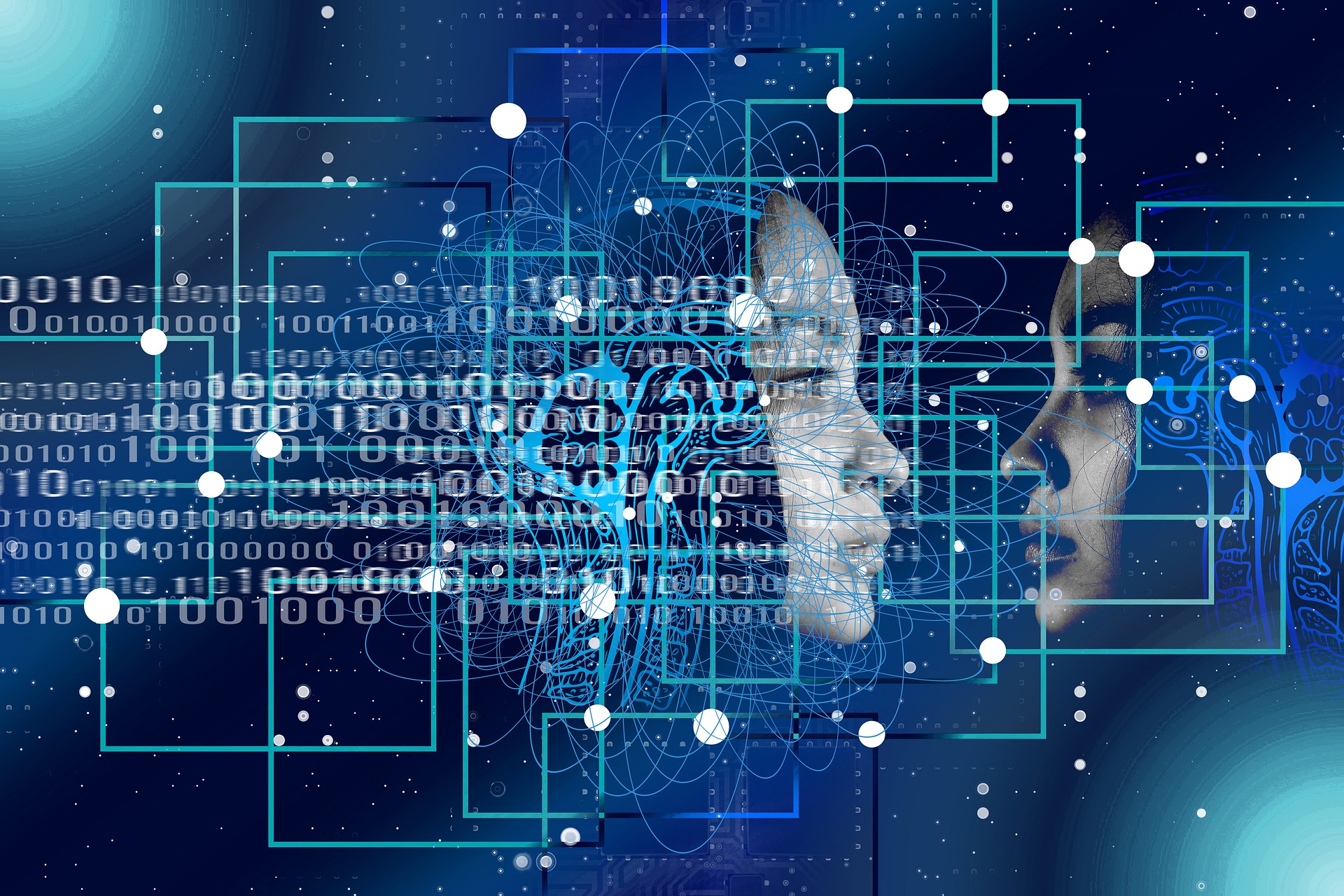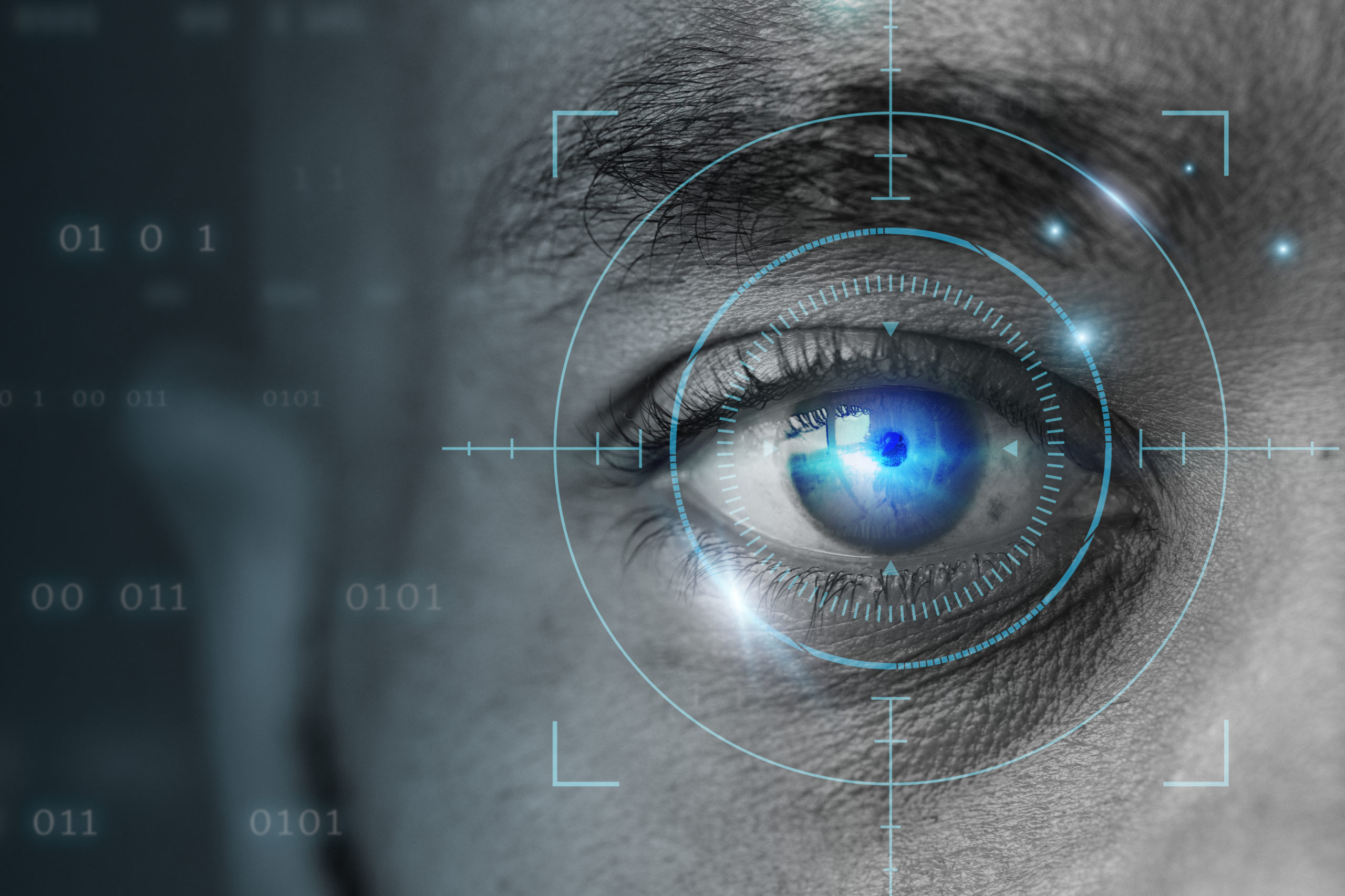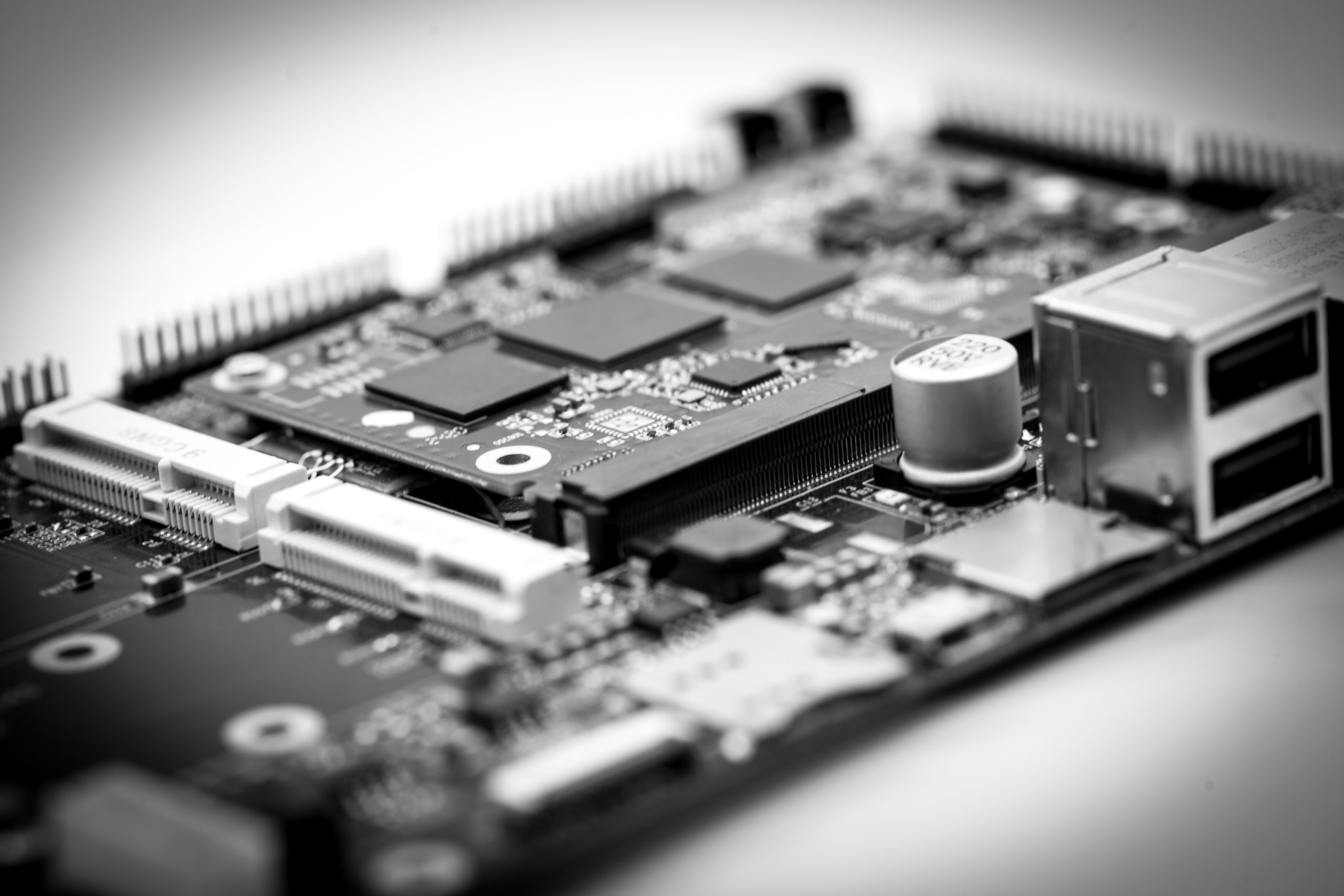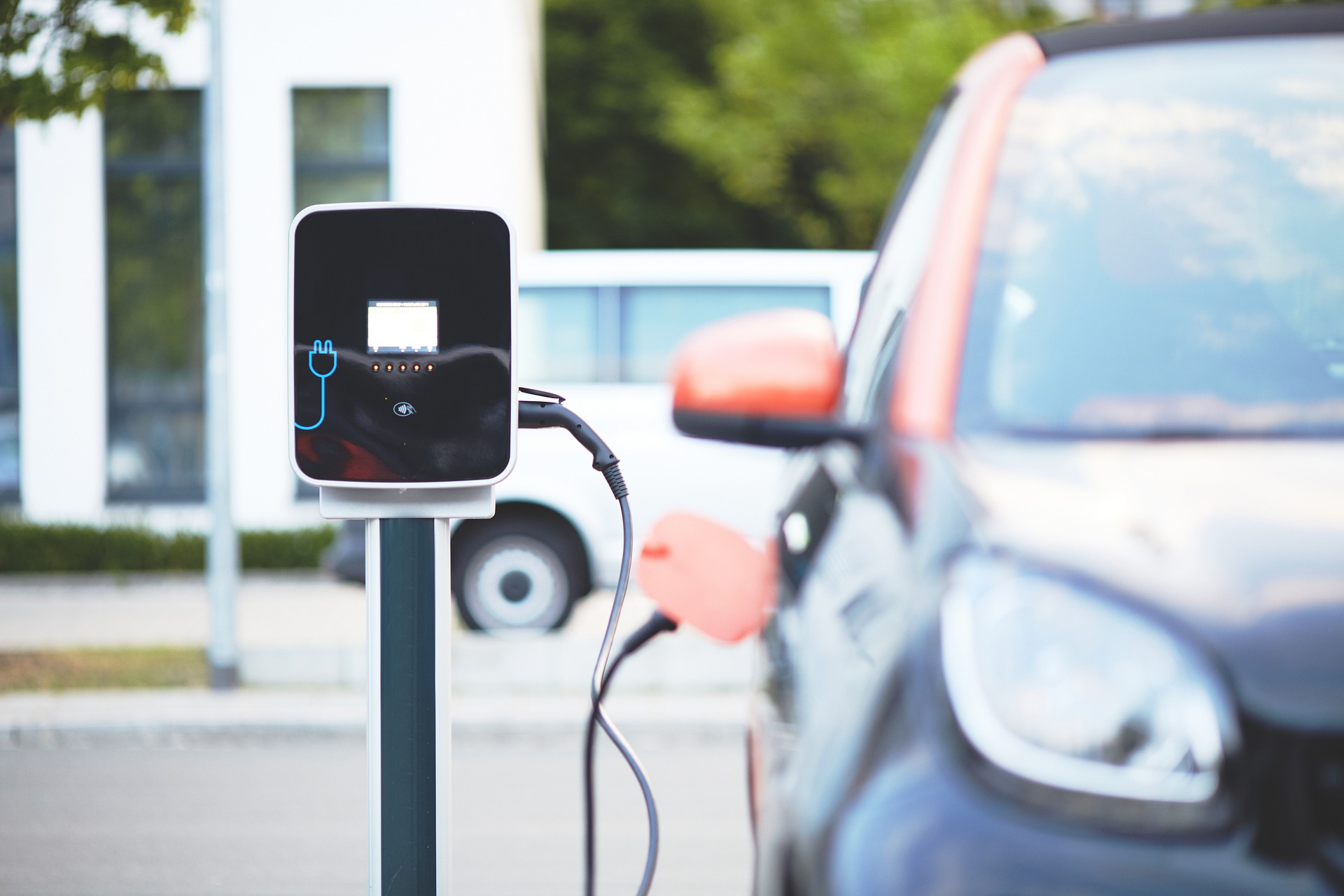Artificial Intelligence: applications in everyday life
In the past few years, researchers and engineers have taken giant steps to enhance artificial intelligence applications in various industries to speed up production chains, reduce waste, costs and ensure more safety. Advanced technologies to collect and analyze data to find increasingly targeted solutions.
Even in everyday life, we are surrounded by artificial intelligence or machine learning software, just think of voice assistants such as Siri, Alexa and Google Assistant.
Another example is Amazon, which has become a giant in predicting what users are interested in buying based on their online behaviour thanks to its increasingly elaborate algorithms. Or Netflix, which is based on customer reactions and suggests what we might like based on what we've already seen, or stopped watching.
The medical sector is also showing more and more interest in machine learning and AI to revolutionize the field of education, training, diagnosis and even surgery. The goal is always to lighten the burden of doctors and certainly not to replace them.
Today, machines already surpass human precision in some surgical activities, such as inserting a pin into a bone. Therefore, studies on the applications of artificial intelligence in the healthcare sector focus more on incisions and sutures to guarantee results in terms of safety, precision, and quality.
Artificial Intelligence Applications in the Medical Field
All the skills acquired in the manufacturing and automotive industries, such as automated cars, robots, warehouse drones, are used to enhance artificial intelligence applications in the medical field.
The mission is to make surgical robots smarter and allow doctors to perform simpler operations while sitting in front of a computer.
Through advanced technologies, in fact, it is possible to instruct a robot and make it execute precise commands through the movement that the doctor performs on two knobs.
With partial automation, an AI system can get to the diagnosis, but it turns to doctors for support if it has any uncertainty. With full automation, on the other hand, an AI system could analyze an X-ray and request more tests without involving the doctor.
Automation in medicine is taking its first steps while evolving constantly. In the coming years, it is expected that artificial intelligence will be made available to surgeons to support them and not replace them. This means surgeons could perform operations over very large distances such as helping wounded soldiers on distant battlefields.
The most congenial Mas solutions for the AI application in the medical field are NVIDIA SBC Lightfront and CPU - AURORA IMX8M PLUS, feel free to reach us for more info on these products.
ARTERY Experimental Project
Last January Artery (Autonomous Robotics for Transcatheter dEliveRy sYstems) was launched, one of the Horizon 2020 programs funded by the European Union that operates in cardiovascular surgery.
The project deals with the non-invasive treatment of heart valve diseases. Its mission is to revolutionize the training of operators and make interventions more efficient and safe without the aid of X-rays. Artery aims to create a robotic platform that works thanks to artificial intelligence, virtual reality and augmented reality.
With these technologies, the surgeon in training will have the chance to practice and operate in an intervention that seems true in all respects, to feel the stress and the pressure as well.
Using augmented reality, the doctor will learn directly on the simulator instead of on the patient, avoiding unnecessary risks. We can certainly say that the application of artificial intelligence in the medical field revolutionizes the approach to interventions and guarantees almost absolute safety.
High-tech Industry: hardware design services and innovative technologies
The evolution of Industry 4.0 and the IoT is redefining product design and hardware design services.
In a world where factories are increasingly digital and interconnected, the success of product development depends on the following factors:
• manufacturability
• safety
• modularity
• reliability
• short prototyping cycles
• regulatory compliance
Hardware Design Services by MAS Elettronica
Hardware design services usually represent the first phase of any project to create intelligent systems for product innovation.
MAS Elettronica has consolidated experience in the hardware design of complex digital systems based on ARM. We use our mastery in design and manufacturing technologies to create our products and those of our customers, to whom we offer complete hardware, firmware and software design services and a stable and well-tested product.
It starts with an accurate analysis of the application in question through a feasibility study in which the specifications are established. We proceed with the choice of electronic components up to the PCB development and the delivery of the finished product.
Thanks to our twenty years of experience and that of our technological partners, we offer a fast prototyping service for the designed boards. Our technicians take care of the prototype test using state-of-the-art tools, the detailed report is then sent to our customers for comparison.
The hardware design can include a single, complete and independent electronic board, or take care of all the equipment development phases, such as a motor drive, a welding machine, an induction heating system, etc.
Innovative Technologies in Industry 4.0
The industrial world is facing numerous and rapidly evolving challenges, especially since the pandemic began, in fact, Industry 4.0 and the technologies connected to them have been fundamental to counter the crisis.
Digitization and automation are the basis of the hardware design services of this digital transformation, the field of application concerns the following sectors:
-
Use of data
This category is divided into 4 main branches:
- Big Data, the huge volume of data that floods companies every day. Attention should not focus on the amount of data, but on what the company does with those collected. This has a huge impact on transformation and innovation.
- Open Data, Public Administrations or private companies make data available to everyone and can be reused for various purposes.
- Internet of Things, the process of connecting to the Internet objects used in everyday life, from light bulbs to medical devices.
- Machine to machine, technologies and services that allow automatic transfer of information from machine to machine without or with limited human interaction.
- Cloud Computing: archiving data over the network on remote hardware rather than on the local workstation. Practical examples of everyday life are emails, social media, online banking, file backup, online shopping.
-
Analytics
The collected data must be analyzed and interpreted in order to improve procedures. An example is machine learning, where machines improve their performance thanks to the data stored and analyzed.
-
Interaction between man and machine
Here come into play touch interfaces, increasingly used and requested, and augmented reality.
-
Transition from digital to real
New technologies capture the energy and use it specifically in order to rationalize costs and optimize performance.
This sector also includes robotics, additive manufacturing, 3D printing, communications and machine to machine interactions.
E-mobility and future challanges
E-mobility is a growing trend that is revolutionizing the way we experience the city. The keywords are flexibility, accessibility and sustainability.
The undisputed protagonists of electric mobility's future are the industries that will be able to produce performing electric vehicles and bring digital innovations in IT services improving user experience.
With e-mobility, we are moving towards green mobility thanks to technology with an eye towards the environment, since electric mobility includes all vehicles that, instead of classic fossil fuels and oils, use electricity as a primary energy source, such as:
• Electric vehicles
• Hybrid electric vehicles
• Transport using hydrogen fuel
E-mobility and today's trends
Let's see together some of the e-mobility today's trends:
1. Shared mobility:
Shared mobility is based on the principle of sharing cars, bicycles, scooters and monowheels. The advantages are numerous, such as:
- Decrease of CO2 emissions, the main cause of pollution
- Reduction of older vehicles circulation with highly polluting emissions. They are less safe and require more maintenance.
- No parking and/or garage costs
- Chance to choose how to move to reach a specific place also considering peak times and traffic, especially if you live in large cities
- Easy access to public transport such as trains and buses even if you live in the suburbs or less served areas
- Easy and ideal for tourists too
- No insurance, road tax, maintenance costs
- Affordable subscription, especially if you think of students
- Control via app to find out the remaining battery life and search for the nearest depot station
2. On-board connection
As for cars, having an internet connection on-board is essential in terms of safety to receive anomalies reports, suspicious movements, remote assistance. Furthermore, the connection with your smartphone also allows you to know in real-time, the exact position vehicle even in case of theft, or to find the nearest charging station.
3. Smart infrastructures
Digital innovations are transforming the way people shop, move around and experience the city. The focus is increasingly on smart cities, i.e. cities with better urban planning, reliable and efficient transport systems and better environmental sustainability. A smart city is where everything works digitally.
Key points for e-mobility
To improve e-mobility diffusion, the battery autonomy and its recharging time are essential. But it is also necessary to invest in Artificial Intelligence. For instance, In Tesla cars, reaching a destination is very simple. The on-board computer shows the shortest and optimized route, which includes intermediate charging stations.
A practical example is to hypothesize to move between 2 cities which are on average 150 km apart. To optimize travel time, the car onboard computer equipped with artificial intelligence will suggest the fastest route and show where to stop to recharge the car and display the duration of each stop.
A challenge for the future is that this technology will soon be accessible also in mid-range vehicles and therefore to a wider market.
Emerging Technologies for Enterprises

Deloitte has produced a report on 2021 emerging technologies designed for companies following the Covid-19 pandemic.
For more than a year now, industries have been facing great challenges, and many businesses are aware of the urge to embrace advanced technology. They know that the transformation must be rapid and that only the mastery of technological innovation will allow them to establish themselves as leaders.
IT architecture becomes a must-have, companies have at their disposal a wide range of emerging technologies, from multi-cloud applications to hardware design to Artificial Intelligence.
Digital Transformation 2021: key targets
Emerging technologies aim to analyse data through artificial intelligence to improve business processes. The main themes of Digital Transformation are 3:
- the future of work
- equity and social inclusion within companies
- industrialization of AI and technologies that support diversity
Emerging technologies 2021: How Businesses Will Improve
There are 9 emerging technologies to help companies achieve a complete digital transformation:
1. Strategy, engineered
Business strategy and technology strategy must communicate, inform and collaborate for business success. It is necessary to follow the same direction through technological platforms based on artificial intelligence to develop data analysis automatically and monitor the results.
2. Core Revival
It consists of refactoring the existing codebase, called legacy code, making it modern and create a cloud-based architecture. Fortunately, emerging technologies make this procedure accessible to everyone today.
3. Supply unchained
The pandemic has created critical disruption periods for the supply chain. The most advanced companies have managed to disconnect these processes and promote some cost centers by projecting them towards the customer. Some have even managed to exploit robots and drones to optimize development processes and making them safer.
4. Machine Learning Operations
One of the main trends is investing in aspects related to machine learning and artificial intelligence to create new learning models, identify anomalies or optimize development processes, thanks, above all, to the analysis of the insights.
5. Machine data revolution
Companies have recognized that the data analyzed by machine learning models are the same as those used for human processes. Therefore, a revolution in information acquisition processes is expected to generate large cloud archives optimized for AI.
6. Zero Trust
Companies need to improve corporate cybersecurity, this process involves a completely different approach to cybersecurity. A zero trust IT policy is to provide users with access to corporate information based on identity and by considering location data and the devices.
7. Rebooting the digital workplace
Following the pandemic, the need has arisen to renew the workplaces that are moving from physical places to digital. Thanks to remote working, employees meet much more often on digital platforms than in offices. Therefore, companies must seek new tools to facilitate these iterations and, at the same time, analyze data to improve production processes and employee experience itself.
8. Bespoke for billions: Digital meets physical
The company must be able to intertwine the digital and offline user experience to standardize outgoing information and ensure smoother purchasing processes.
9. Diversity, Equity and Inclusion Technology
The work environment must be fair and inclusive, companies are expected to achieve this in the coming months thanks to emerging technologies and digital data analysis, leveraging natural language processing through artificial intelligence.





